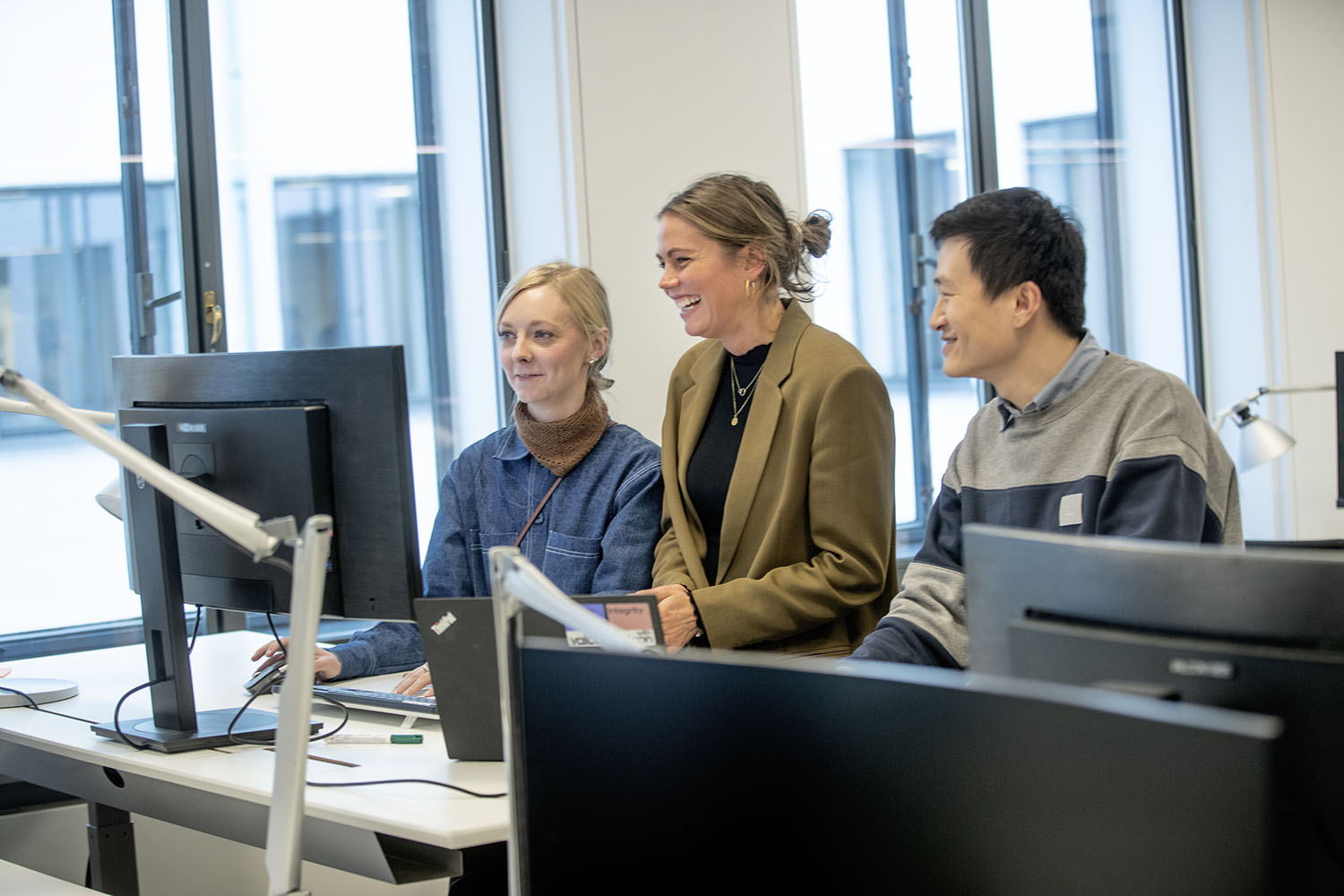In a nutshell, continuous testing is about automating vast swathes of the software delivery pipeline, so the testing team can get feedback on different risks with the application as swiftly as possible – so they can fix and move on.
And it makes sense – as the software development industry moved from waterfall to agile, so testing kept pace. It could no longer just happen at the end of the cycle, just before the application was released (as was the case in waterfall days). By then it is too late to pick up on glitches and the whole application needs to be re-engineered, meaning wasted money and time. By testing in tandem with delivery – and checking quality as you go – the software development process is swifter, and crucially, more accurate.
As sector after sector is being disrupted, organisations are embracing digital transformation as they never have before. And of course this has been accelerated by the pandemic. So in terms of bringing in new technology to support product launches, mobilising new services or entering new markets, it really is do or die. You can see this in lots of sectors – such as retail, banking or automotive – where failure to move on is often the death knell for business.
Getting continuous testing right
When introducing new tech, speed and accuracy are bywords. And this is where continuous testing comes in. Glitches mean flawed technology and the upshot is poor service delivery and faulty products. Of course, this means hacked off customers, impacted revenue and competitors stealing a march. So what are five crucial elements to ensure you get continuous testing right?
Top down messaging to support delivery and cultural change: it’s no good just paying this lip service. Support for continuous testing has to come from the top. You need that senior sponsorship, from directors and enterprise architects, to get the team bought into the culture and ethos of continuous testing – in the same way that you do with continuous delivery. Otherwise it will fail.
- Strategy roadmap: this might be stating the obvious, but you need to have a clear strategy in place around continuous testing. Buying a suite of tools and expecting to provide continuous testing without a clear plan and strategy may lead to longer implementation lead times and procurement of tooling that does not align with your goals.
- Automation tooling: without the right level of automation in place and the right tools, your continuous testing approach will fall flat. Automated testing is only as good as the tools it uses and the reusability of those tools and scripts. Without reusability, automated testing can become an onerous and expensive activity.
- Methodology integration: whether it’s DevOps, SAFe (scaled agile framework) or waterfall, it is important to get the cohesion between the automated tools and the delivery teams tight. Fostering a collaborative culture is essential to the success of continuous testing. A siloed approach where tools and process are not aligned will lead to the failure of continuous testing and on demand release process.
- Upskilling: getting the balance right of the different roles required is crucial. And automation means that the role of testers becomes more strategic – there is a move from test analyst, to test engineer, for example.
Automated testing and deployment are here to stay. As long as there is the demand for getting software applications to market faster, then the demand for continuous testing and the pursuit of quality follows. This is now the expectation of almost every industry sector. It’s not only the future of application delivery – it’s the here and now.
Want to learn more? At Valcon, helping our clients to respond to and solve their business and digital challenges are what makes us tick. If your business is encountering similar challenges, please email [email protected] to see how we can help.













